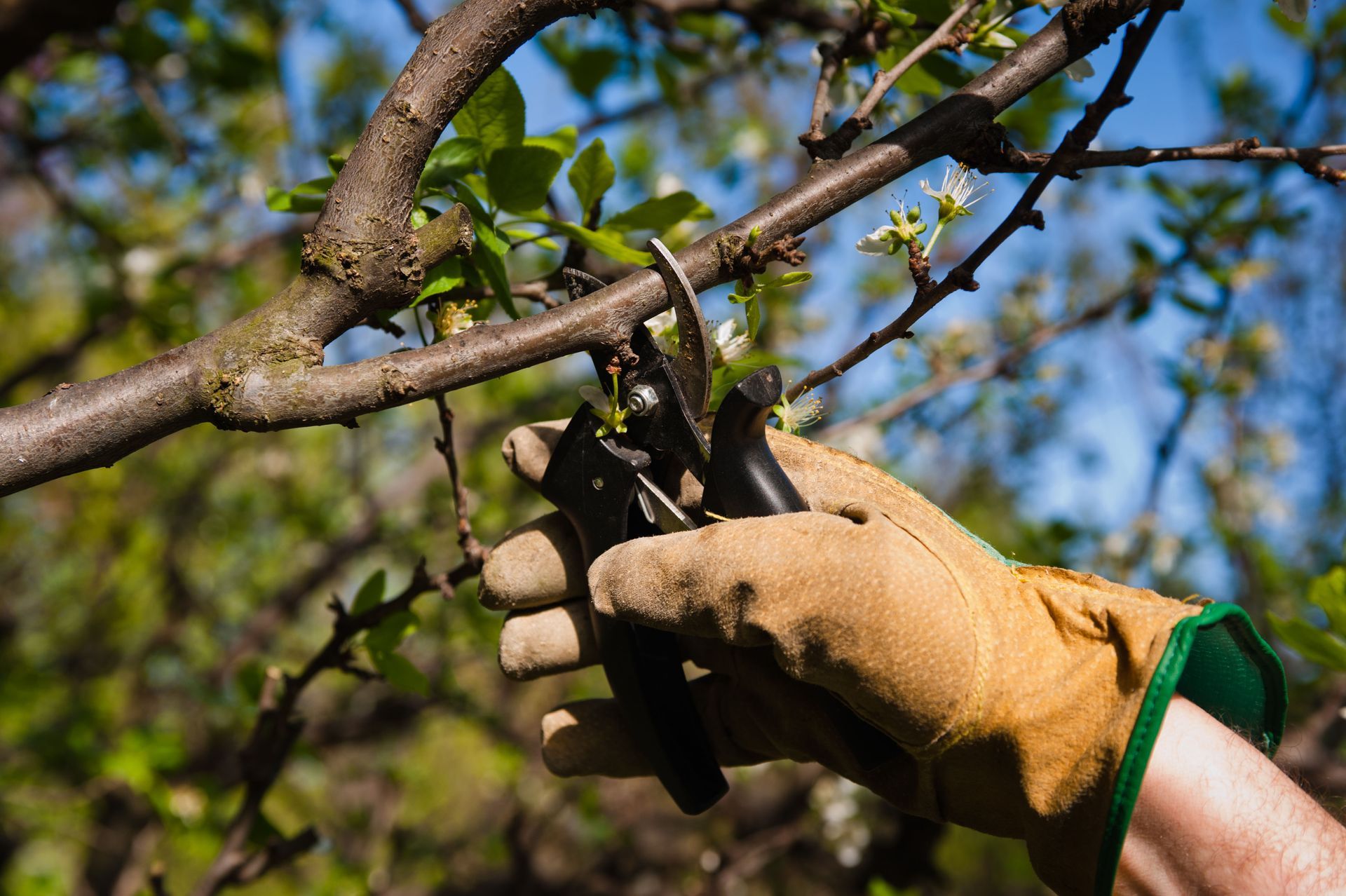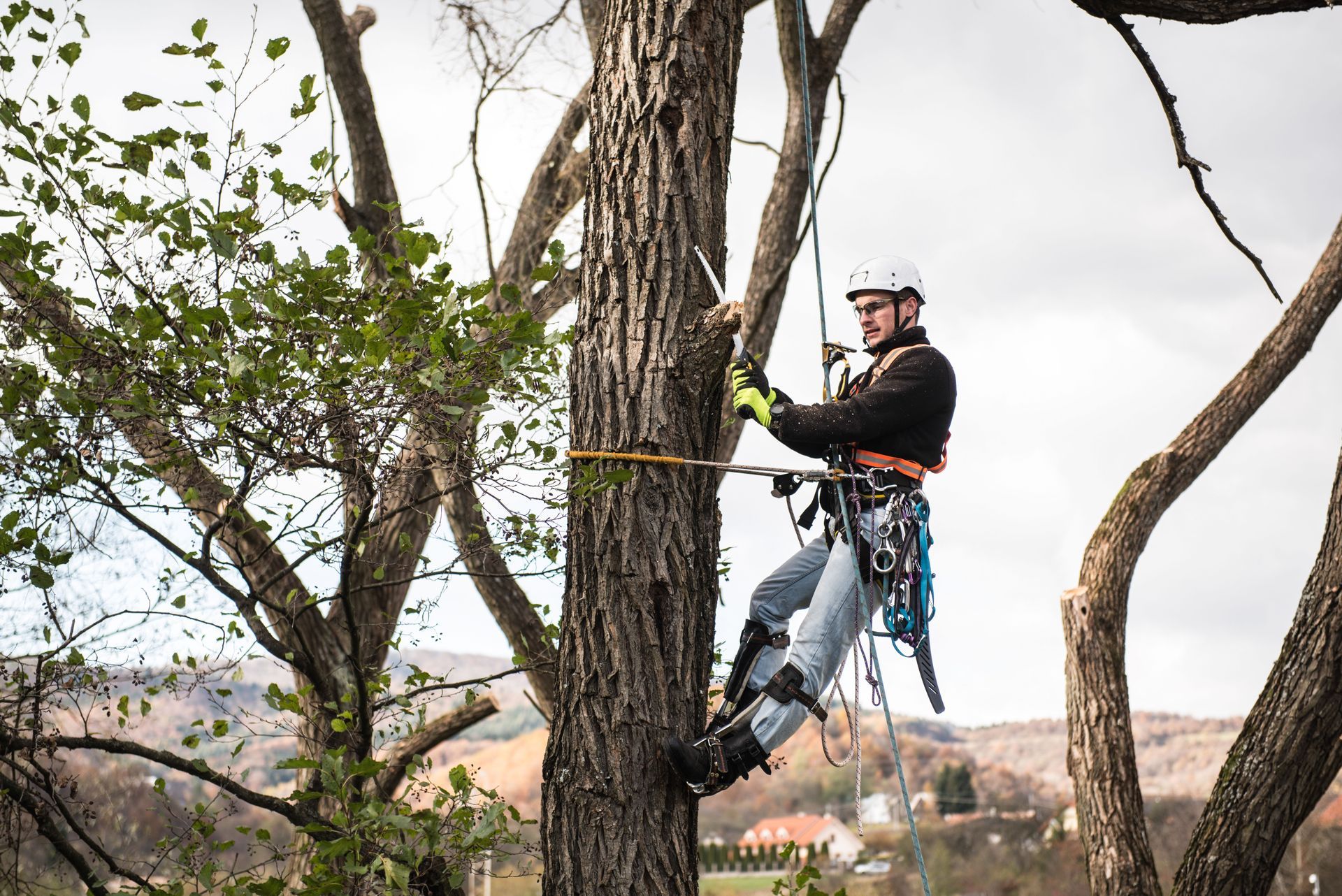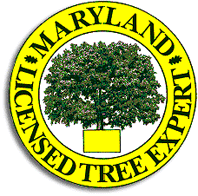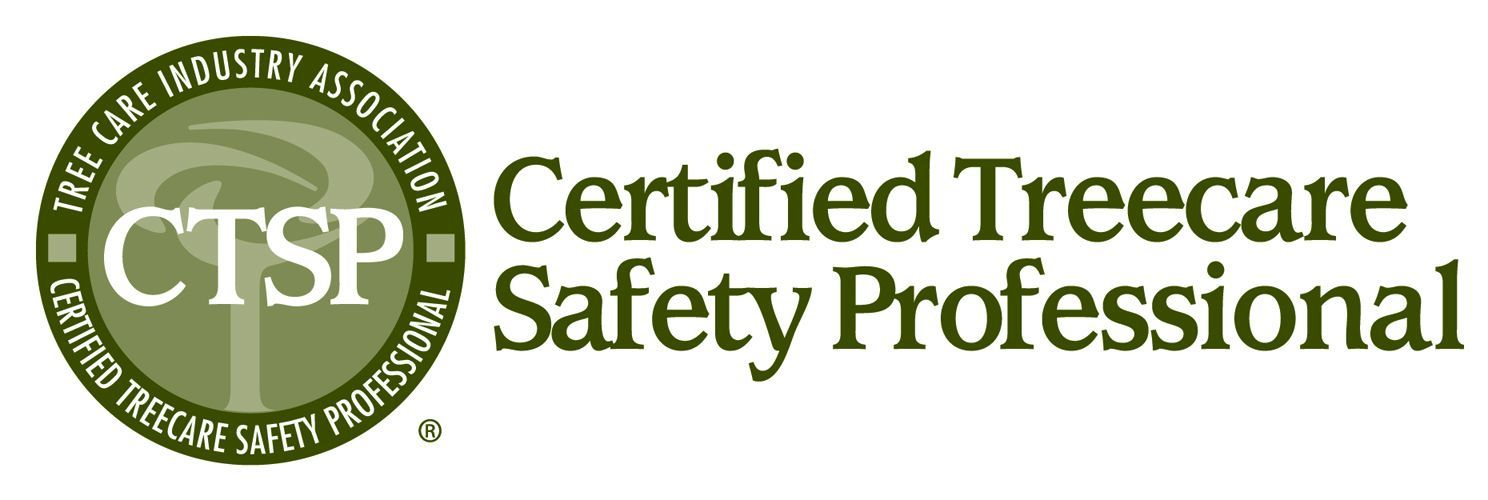Essential Facts About Tree Removal
Tree removal is a critical aspect of maintaining a safe and healthy environment, particularly in urban and suburban areas. This article explores various facets of tree removal, from its necessity to the methods employed, ensuring that readers have a comprehensive understanding of the process. The challenges and benefits surrounding tree removal are multidimensional, affecting safety, aesthetics, and the environment. Moreover, informed decision-making is crucial to manage the consequences effectively on both an individual and community level. Understanding these aspects allows for balanced approaches that support sustainable living and community well-being.
1. Understanding the Need for Tree Removal
1.1 Safety Concerns
One of the primary reasons for tree removal is safety. Trees located too close to buildings or power lines pose a significant risk during storms or adverse weather conditions. Falling branches or trees can cause extensive damage to property and threaten the safety of individuals. Therefore, regular assessment and timely removal of hazardous trees help mitigate these risks. It is crucial that urban planners and homeowners prioritize safety by identifying and removing potentially dangerous trees.
1.2 Disease and Infestation
Disease and infestation often play a significant role in the need for tree removal. Trees affected by pests such as beetles or diseases like root rot can weaken significantly, increasing the likelihood of falling. Removing such trees not only prevents accidents but also helps prevent the spread of disease to healthy trees. Diseased trees can compromise the overall health of a local ecosystem if left unchecked. Therefore, monitoring and managing tree health is essential to maintain environmental balance.
1.3 Environmental Impact
While trees contribute positively to the environment, there are times when their removal is necessary for ecological health. Invasive species, for instance, can disrupt local ecosystems and outcompete native vegetation. Removing these trees can help restore balance and preserve biodiversity. Additionally, according to PennState Extension, ensuring the correct placement and spacing of trees, such as providing at least 200 cubic feet of fertile soil for large trees, is essential to avoid negative environmental impacts. Thoughtful consideration of environmental factors can guide responsible tree removal.
1.4 Property Development and Landscaping
As part of property development and landscaping, tree removal becomes a necessity for creating space for construction or aesthetic purposes. Trees may need to be removed to accommodate buildings, roads, or utility installations. Additionally, removing overcrowded or improperly placed trees can enhance the overall layout and visual appeal of a landscape. Property owners often engage professionals to assess and recommend the best approach for tree removal in such contexts. Consistent with urban planning objectives, this ensures sustainable and attractive land use.
1.5 Aesthetic Considerations
Tree removal is sometimes necessary for aesthetic reasons, as it helps maintain the beauty and structure of a landscape. Overgrown or misshapen trees can detract from the visual harmony of an area. Strategic removal allows for more cohesive and pleasing landscaping designs. Moreover, aesthetics are not just about appearance but also involve maintaining a healthy and vibrant natural environment. Pruning or removing certain trees can enhance views or open up spaces for new plantings that complement the area.
2. Assessment and Decision-Making
2.1 Professional Evaluation
Professional evaluation is vital for informed decision-making regarding tree removal. Arborists and tree care experts possess the knowledge and experience to assess the condition of trees accurately. They identify risks associated with damaged, diseased, or dead trees and recommend appropriate removal methods. Professional evaluations also consider factors such as the tree's species, age, and structural integrity. Engaging experts helps ensure the safety and effectiveness of tree removal efforts, reducing potential hazards and liability.
2.2 Risk Assessment Tools
Risk assessment tools play a significant role in the tree removal process, providing a systematic approach to evaluating potential hazards. Tools such as the Tree Risk Assessment Qualification (TRAQ) help arborists and tree care professionals assess factors like decay, structural defects, and environmental conditions. This detailed analysis informs decisions about whether removal is necessary and guides the choice of removal techniques. Effective risk assessment minimizes the chances of accidents during tree removal operations. Utilizing these tools ensures that potential risks are addressed with precision and care.
2.3 Cost-Benefit Analysis
Undertaking a cost-benefit analysis is essential before proceeding with tree removal. This analysis weighs the financial costs against the expected benefits, such as enhanced safety, aesthetics, or property value. While tree removal can be costly, especially for large or complex jobs, the benefits of mitigating risks and improving property appeal often outweigh these costs. Budget constraints are also considered to ensure that tree removal aligns with financial realities. A comprehensive analysis aids in decision-making, ensuring that resources are invested wisely.
2.4 Legal and Permitting Requirements
Tree removal is subject to various legal and permitting requirements designed to protect public and environmental interests. Local councils and municipalities often regulate the removal of certain trees to maintain community aesthetics and environmental health. Failing to obtain the necessary permits can result in fines or legal complications. It is important to understand and comply with these regulations before proceeding with tree removal. Engaging with local authorities helps navigate the legal landscape and ensures that tree removal is conducted lawfully and responsibly.
2.5 Community Impact and Public Opinion
The community impact and public opinion are crucial considerations in the tree removal process. Removing prominent or historic trees can evoke strong reactions from residents who value their aesthetic and cultural significance. Public consultations and discussions can help address concerns and foster community support. Additionally, involving the public in decision-making reinforces the community's role in managing local environments. Transparent communication and engagement with stakeholders contribute to more acceptable and effective tree removal outcomes.
3. Methods of Tree Removal
3.1 Manual Tree Removal
Manual tree removal involves the use of hand tools such as saws and axes to cut down trees. This method is generally employed for smaller trees or in areas where machinery access is limited. Despite being labor-intensive, manual removal allows for greater precision in cutting and managing tree fall. However, it requires experienced personnel to minimize risks and ensure safety. For larger trees, manual removal is often combined with other techniques to facilitate the process.
3.2 Mechanical Techniques
Mechanical techniques involve the use of machinery such as chainsaws, tree shears, and wood chippers to facilitate tree removal. These methods are preferred for larger trees or extensive removal projects, offering efficiency and speed. The machinery used can vary depending on the tree's size and location, ensuring the task is handled effectively. Operators must be trained and certified to use such equipment to prevent injuries and damage. Mechanical removal revolutionizes the process by significantly reducing the manual labor and time required.
3.3 Crane-Assisted Removal
Crane-assisted removal is a specialized method used for large trees or those located in difficult-to-reach areas. Cranes allow for precise lifting and lowering of tree sections, reducing the risk of property damage. This method requires skilled operators and careful coordination to ensure safe operations. While crane-assisted removal is often more expensive, it is indispensable for removing trees in urban environments with limited space for tree felling. It represents a controlled and efficient approach to complex tree removal scenarios.
Tree removal is a multifaceted process involving careful evaluation, planning, and execution. By understanding its necessity, methods, and broader implications, individuals and communities can make informed decisions to maintain safety, health, and ecological balance. Considering safety, environmental, and economic factors ensures that tree removal aligns with sustainable development goals. Effective decision-making, supported by professional expertise and public engagement, underpins successful tree management practices. Ultimately, responsible tree removal safeguards natural resources while supporting vibrant, thriving communities. If you're looking for a reliable tree removal service, make sure to contact Green Holly Arborists today!







Share On: